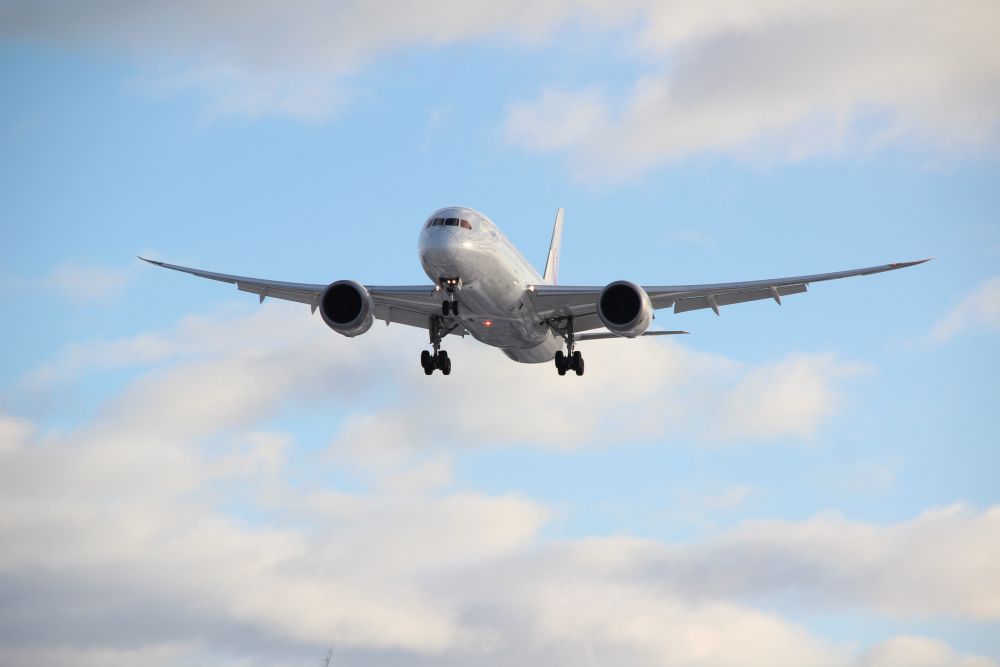Qantas zeros in on emissions with interim target
The Qantas Group has outlined the specific steps it is taking to achieve net zero emissions by 2050, including an interim target to reduce carbon emissions by 25 per cent by 2030.

The Qantas Group has outlined the specific steps it is taking to achieve net zero emissions by 2050, including an interim target to reduce carbon emissions by 25 per cent by 2030.
The national carrier has released its Qantas Group Climate Action Plan, making sustainability a key pillar of decision making across all areas of the business.
As part of the plan, Qantas announced key targets for fuel efficiency and the uptake of sustainable aviation fuel (SAF), which will be critical for reaching net zero emissions, as well as reducing waste and continuing to grow the Group’s industry-leading carbon offsetting program.
These targets for reducing its environmental footprint include:
- Sustainable Aviation Fuel (SAF) – 10 per cent use of SAF in the Group’s fuel mix by 2030, and approximately 60 per cent by 2050.
- Waste reduction – Zero single-use plastics by 2027 and zero general waste (excluding quarantine waste) to landfill by 2030.
- Fuel efficiency – Increase fuel efficiency by an average of 1.5 per cent per year to 2030. Achieved through updating our aircraft fleet and using more efficient flight planning, while continuing research into next generation technologies, including hydrogen and battery power.
- Offsets – continue to build our offsetting program particularly into key Australian projects.
Qantas also announced today it is signing a Memorandum of Understanding with ANZ and INPEX for a major integrated reforestation and carbon farming project in Western Australia’s wheatbelt region, an area the size of Belgium in the south west of the state.
The project would see marginal farming land replanted with sustainable, drought-resistant native plant species, which aims to improve the environment and generate Australian carbon credits to help offset the three companies’ future carbon footprints. Longer term, it would also create a potential source for sustainable aviation fuel production from cut back mallee trees.
Read the full article here.
